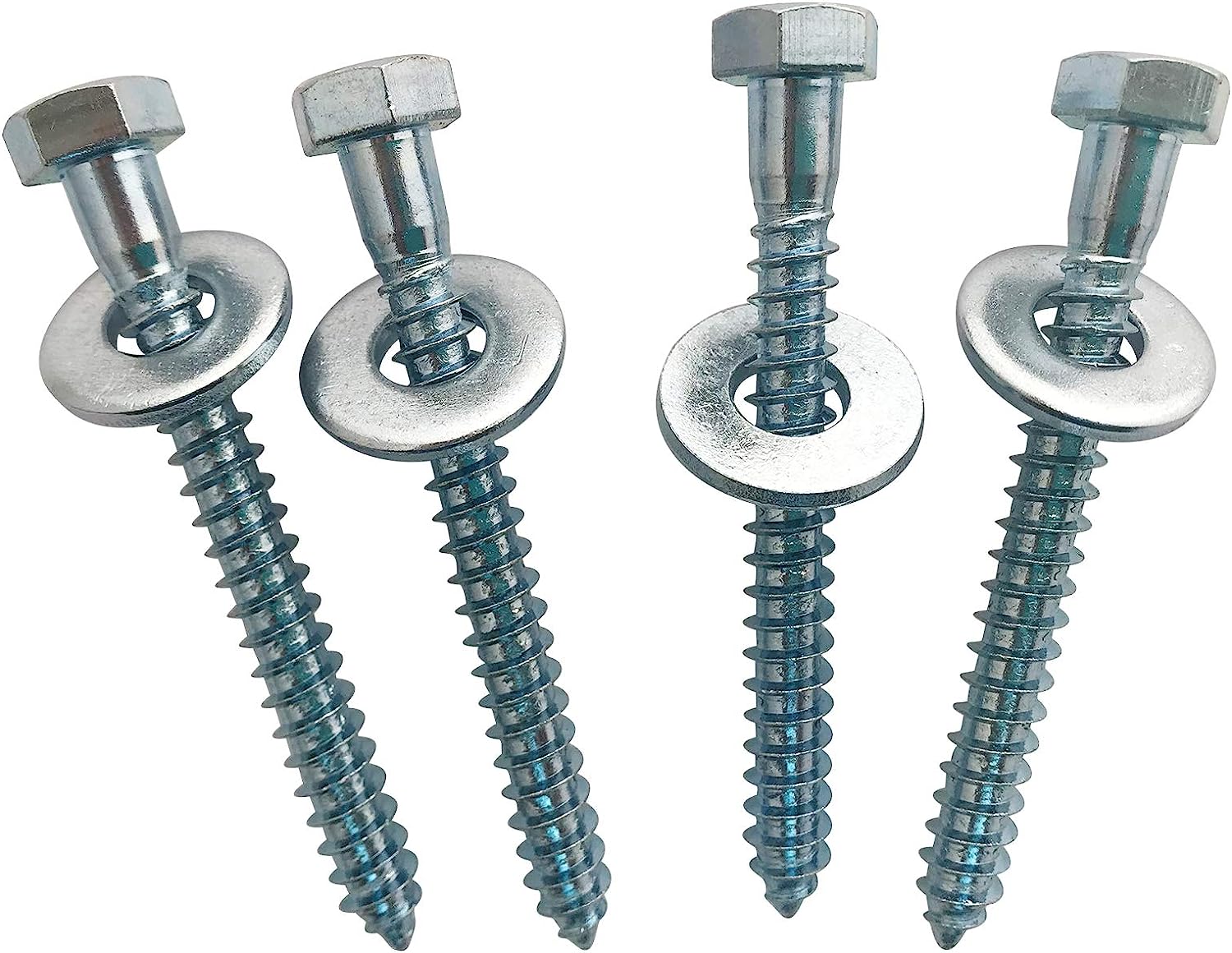A Lag Bolt is a heavy-duty screw that joins materials and helps to hold things together. They are often used to support heavy load-bearing applications and can be found in structures like homes and sheds.
They come in both Hexagonal & Square head styles and require a wrench or socket for fastening. Besides choosing the correct bolt for your project, it’s also important to consider the decorative style you want.
Length
Lag bolts, also known as lag screws, are one of the toughest construction fasteners on the market. They feature a course, sharp treading that only encompasses a portion of the fastener’s body, which allows for easy adjustment after installation.
They are often used when loads of a large magnitude need to be transmitted through the connection or when one side of the bolted connections may be inaccessible. Lag bolts offer superior load-bearing capacity and shear strength than other types of bolts such as carriage bolt screws.
They are also commonly used as alternatives to structural screws, although it is important to know that there are differences between the two applications. Like wood screws, lag bolts require that you create a preexisting hole that is slightly smaller than the screw’s diameter before installing. This requires a bit, which can be bought at your local hardware store. In addition, you’ll need to use a tape measure and clamps to help you align the materials you’re attempting to fasten together.
Threading
Lag bolts, also known as hex lag screws or coach screws, are heavy-duty fasteners for wood-to-wood connections and joints. They feature a thick, coarse threading that covers about two-thirds of their shaft and are ideal for applications with high loads.
These heavy-duty fasteners are capable of handling substantial stress, and their load capacity depends on the size of the bolt and the material it’s made from. The bolts can be fabricated from many different types of steel, but they’re most commonly made from 304 stainless steel for corrosion resistance.
When installing a hex lag screw, the first step is to ensure that all materials are aligned. This will help prevent the bolt from being pulled out prematurely, and it will enable the bolt to transfer its maximum strength. It’s also important to pre-drill the holes for the bolt. The pilot hole for the body should match the bolt size, and the hole for the unthreaded shank should be drilled to the appropriate depth.
Material
The material capabilities of a lag bolt can make or break its effectiveness in an application. It is important to know what your options are so that you can make the best choice for the job at hand.
The most common material for a lag bolt is stainless steel 18-8, which provides excellent corrosion resistance power. This makes them a great choice for outdoor applications or marine-based projects.
Another option for a lag bolt is silicon bronze, which offers even more corrosion resistance. These are often used in wooden boats, as they can handle water and moisture much better than stainless steel.
When using a lag bolt, it is important to pre-drill pilot holes with a bit that has a smaller diameter than the head of the lag bolt. This is to avoid the risk of over-tightening, which can cause the bolt to snap off inside the materials it is fastening together. Lag screws should also be used with washers, which increase the surface area in contact with the materials and help to distribute pressure more evenly.
Applications
Lag bolts, also known as lag screws, are much bigger than wood screws and have thick threads that make them strong enough to support heavy loads. They are used in carpentry applications such as building decks and outdoor structures. They are also used to attach metal components to wood.
They do not require pre-drilling, but they are often used in conjunction with a drill to create the necessary pilot hole for proper installation. Without a pilot hole, lag screws tend to split the lumber around the screw head when it is tightened and can be unattractive or even dangerous in some situations. A good workaround for this is using countersink holes to hide the bolt head in the material – use a large spade drill bit to create a countersink hole in the pre-drilled pilot holes that are larger than the diameter of the lag screw head.
